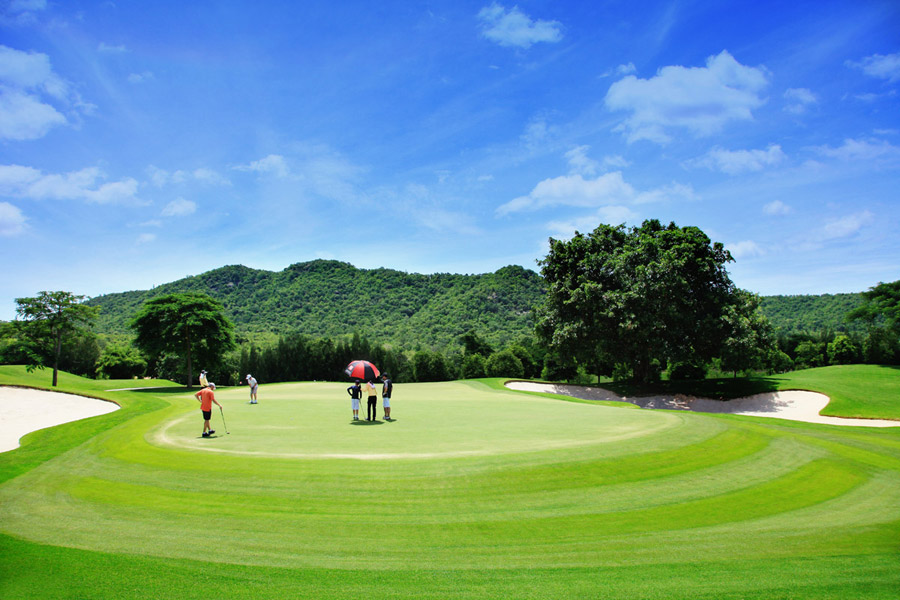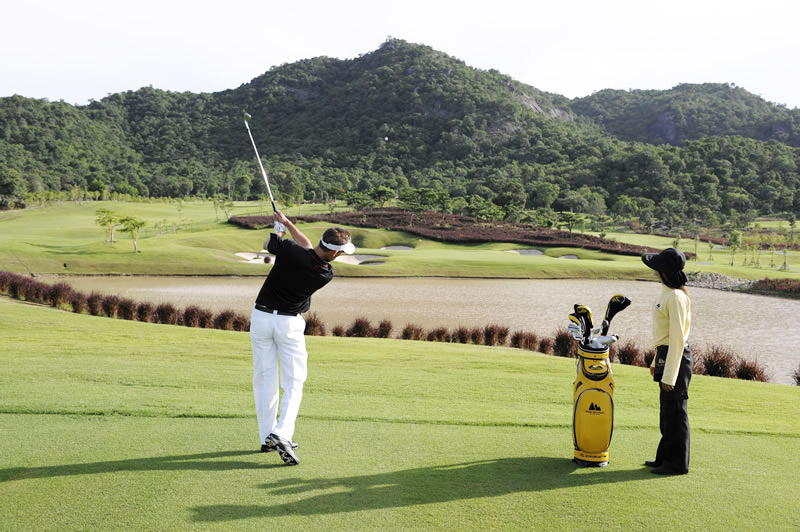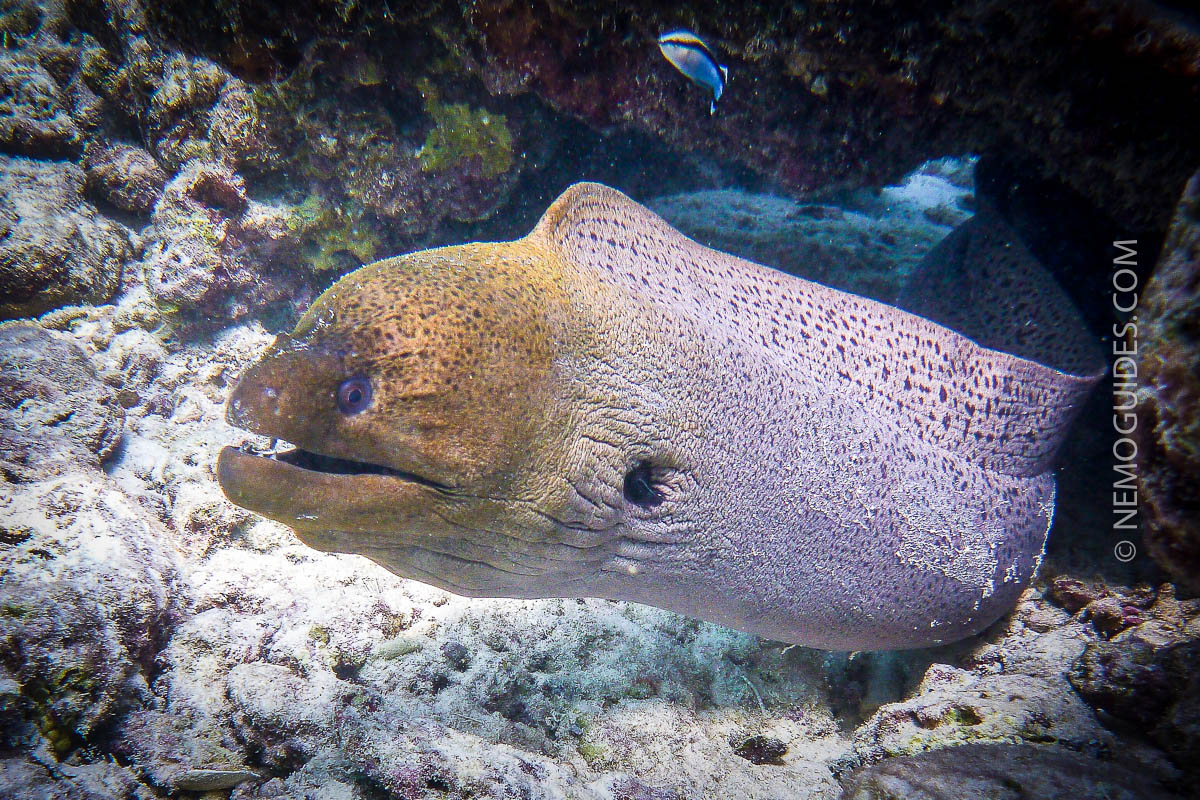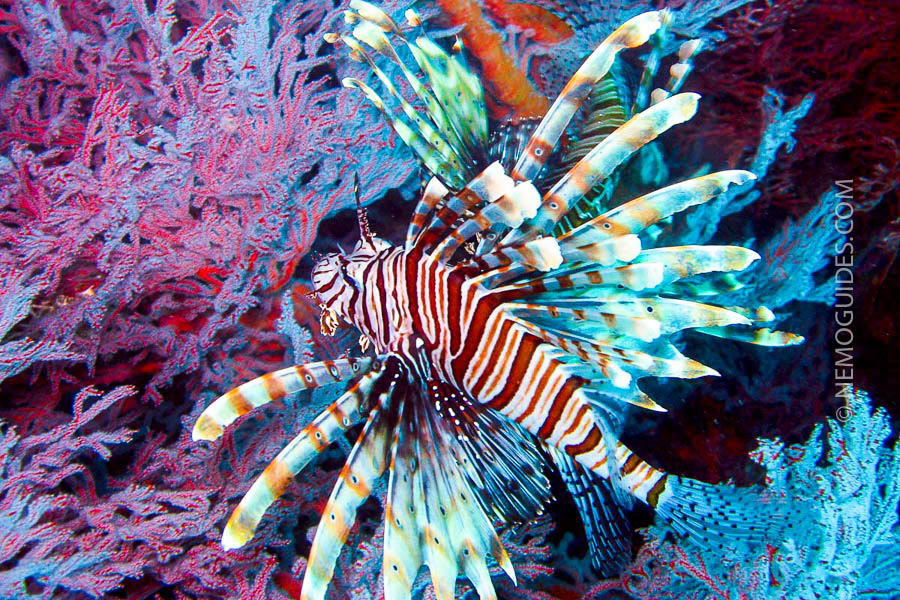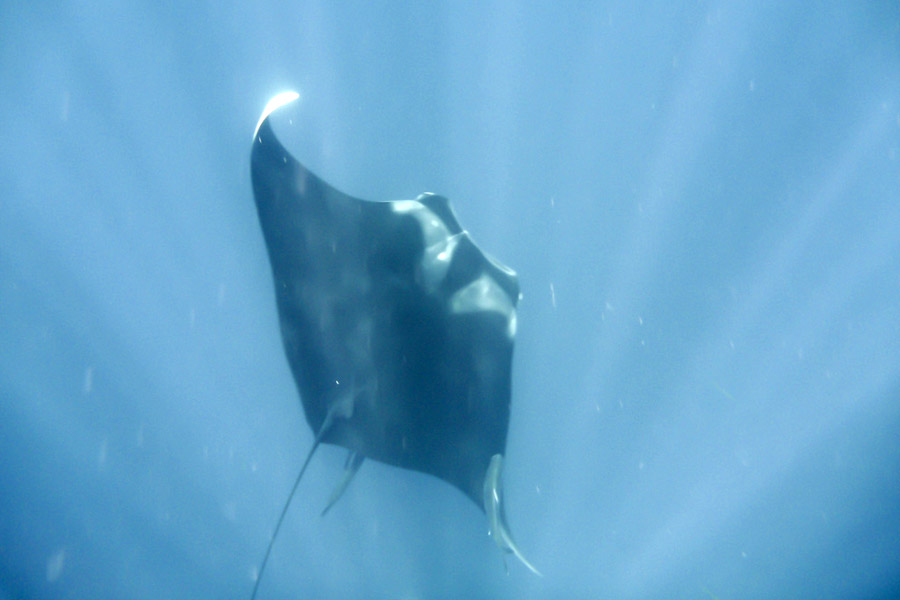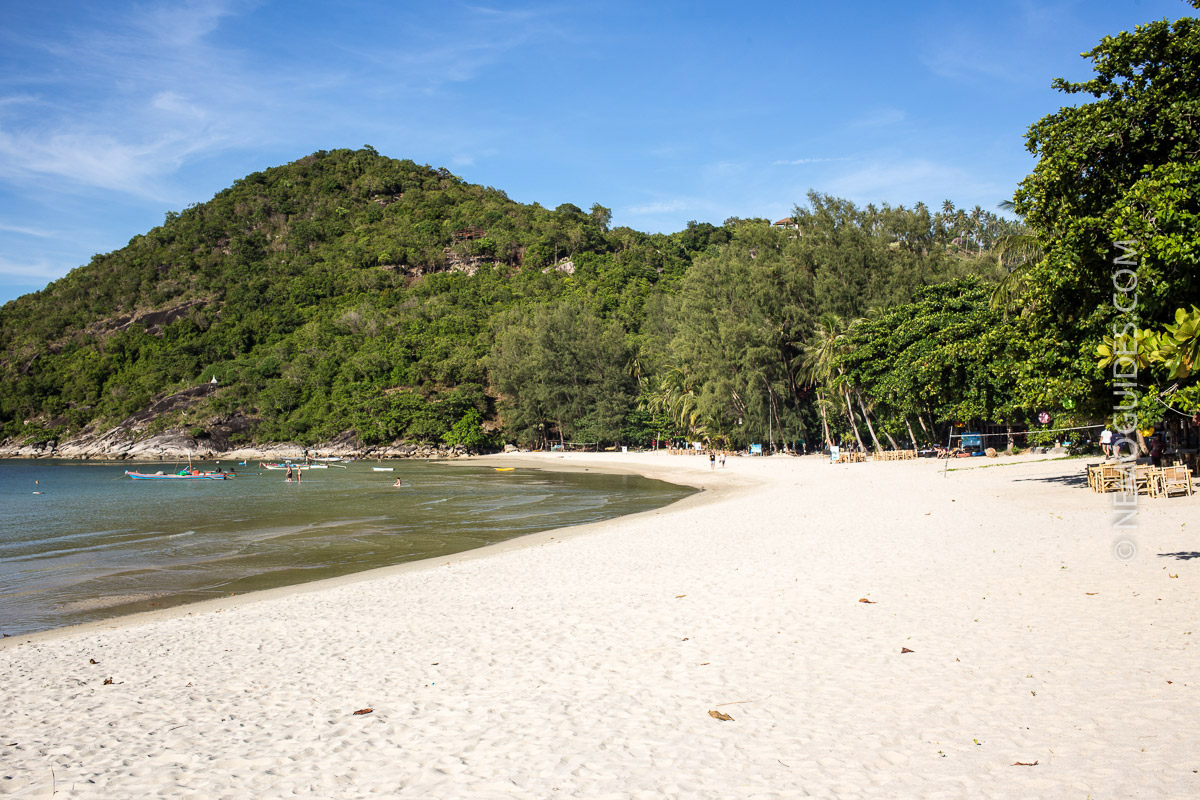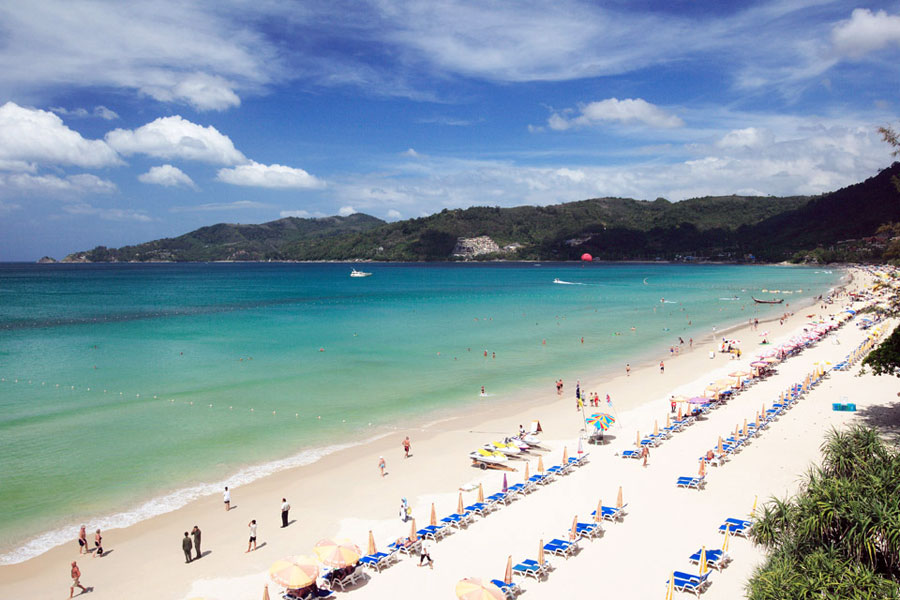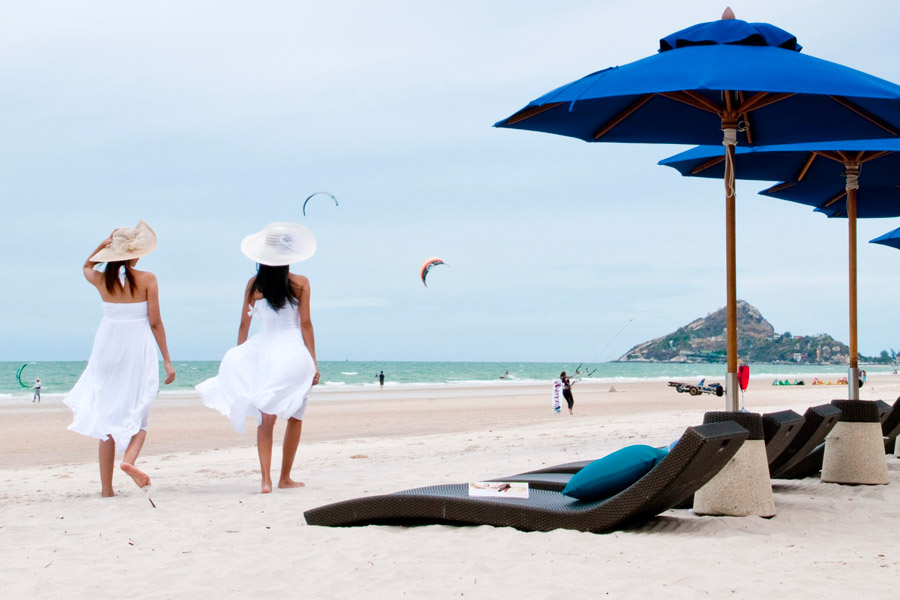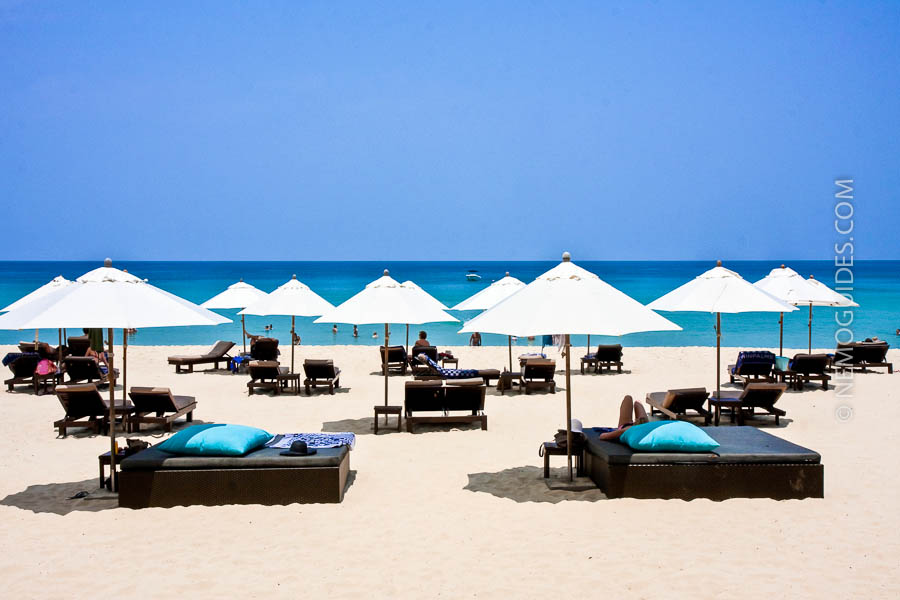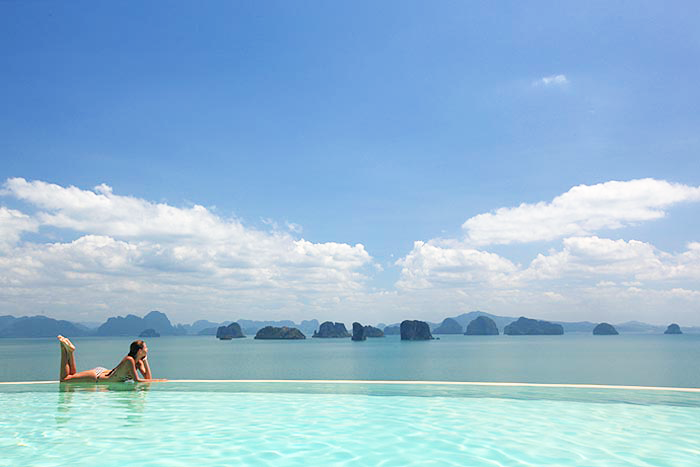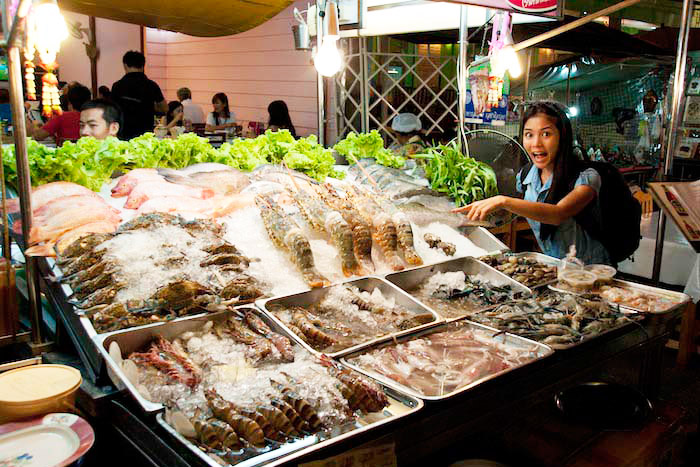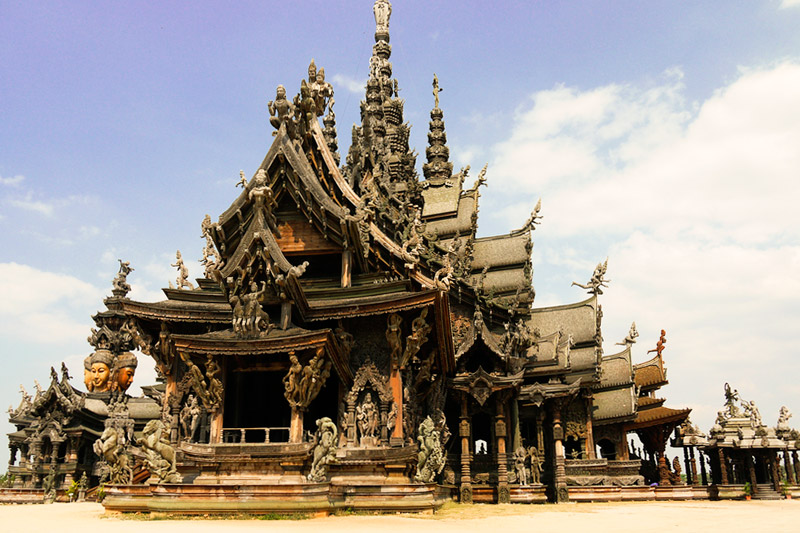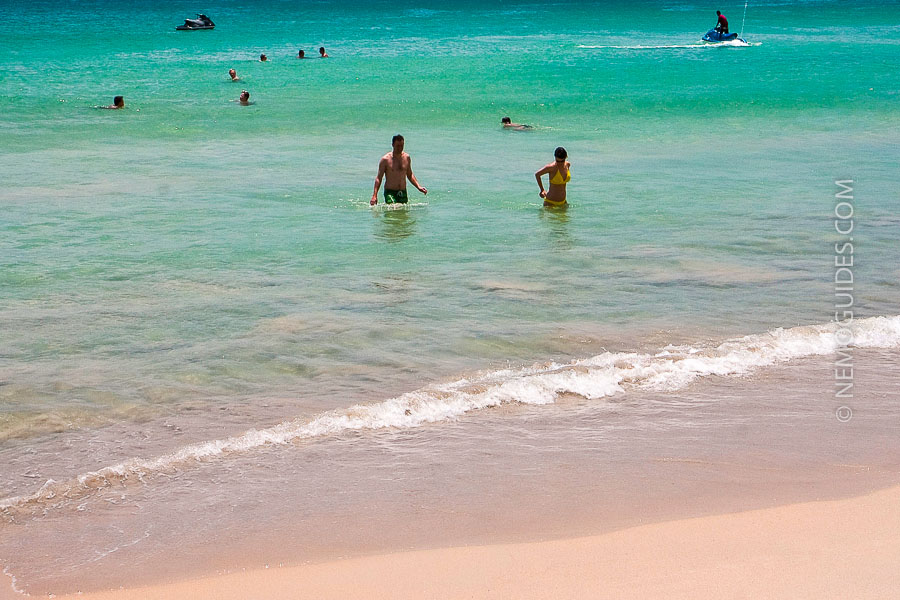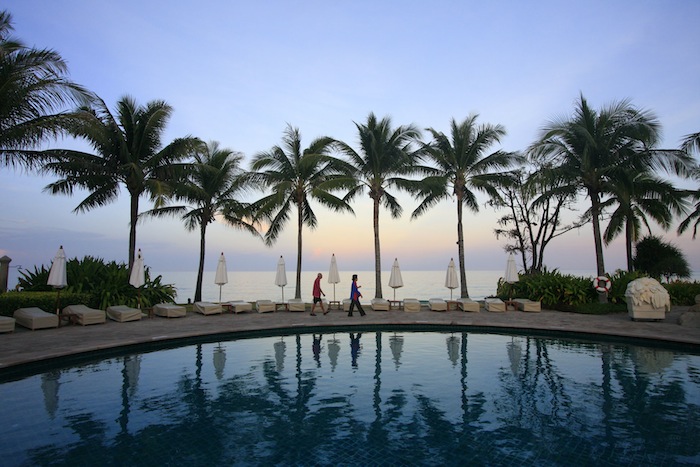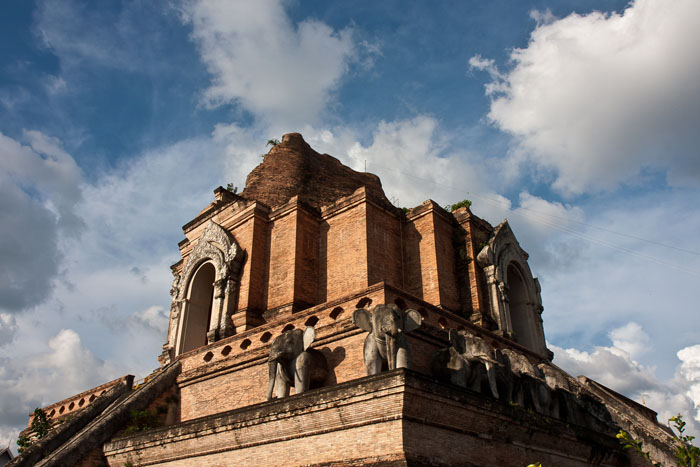
CHIANG MAI IN BRIEF
WHY GO: Chiang Mai is the main transport hub of the Northern Thailand. Most travelers pass through this pleasant town on their way to hiking Thailand’s mountainous North, but Chiang Mai is a tempting destination on its own right. Chiang Mai’s youthful yet sophisticated atmosphere makes the city a nice place to hang out, learn new skills like Thai cooking or Thai massage and party with local students.
WHY NOT: If you’re primarily looking for a city break, Bangkok is ten times bigger and more exciting than Chiang Mai. All prices are also much higher in Bangkok, though. One of Chiang Mai’s advantages are the much lower living costs compared to Bangkok in accommodation, food and drinks.
BEST FOR
LUXURY: Chiang Mai has opulent resorts such as the Dhara Dhevi Chiang Mai, recalling the past glory of the former Lanna kingdom. Another fabulous luxury hotel on Chiang Mai’s lush countryside is the Four Seasons Resort Chiang Mai.
BACKPACKERS: Chiang Mai has some of the cheapest guesthouses in Thailand and a lively backpacker scene.
CULTURE: Chiang Mai used to be its own kingdom until the late 18th century, and the city is dotted with magnificent temples and other remains from the northern Lanna culture.
FOOD: North Thailand has its own delicious cuisine, best enjoyed in Chiang Mai.
SHOPPING: Chiang Mai has a long tradition of craftsmanship and the city is a good place to purchase souvenirs.
Chiang Mai, meaning “new city” in Thai, was the capital of the former Lanna kingdom. The city is located 700 kilometers north of Bangkok and is the gateway to northern Thailand. Although the city of 700 000 inhabitants in its metropolitan area is Thailand’s second largest, it doesn’t feel that big. In its heart Chiang Mai is still a small town, a tenth the size of Bangkok. Tall buildings are few, and one is never far from the countryside in Chiang Mai. Travelers will get easily familiar with Chiang Mai’s neighborhoods and its folks.
Most travelers come to the city to go hiking in the exotic hilltribe villages on the surrounding mountains, but many fall in love with Chiang Mai and linger longer than they intended.
Popular pastime for travelers in Chiang Mai is to partake Thai food cooking classes, studying the basics of Thai massage or trying out Thai boxing. Chiang Mai has excellent hiking trails, top-class hotels, restaurants and good shopping opportunities.
Orientation: Chiang Mai’s Neighborhoods
Chiang Mai, often called the “Rose of the North”, deserves its fame. The oldest part of the city is surrounded by a moat, while most of the walls were destroyed during World War II. In the old town one can find some of the city’s most famous temples and cozy little streets to wander around.
Northeast of the Ping River is the colonial town with a handful of characteristic residences still remaining.
Chiang Mai’s modern and youthful heart beats in Nimmanhaemin Road, close to the city’s main university. The Nimmanhaemin road and its side alleys are full of trendy cafes and boutiques. Here the Chiang Mai citizens themselves spend their free time, and tourists are a minority.
Lush countryside begins immediately outside the city center.
Top Things to Do in Chiang Mai
Chiang Mai’s most important sight is Wat Doi Suthep, one of Thailand’s most sacred temples. The absolutely beautiful temple is located on the verdant, 1600 meters high Doi Suthep Mountain, which towers over the city. Half the fun of the temple visit is the drive up there along a winding mountain road – if you choose to go there on a rented motorbike. Another option is to join shared songthaew taxis, which leave in front of Chiang Mai University.
Other beautiful temples dot the old town. Wat Phra Singh was founded in 1345 and houses the revered Phra Singh statue, which is said to originate from the Mahabodhi Temple in India, where Buddha attained enlightenment. Be sure to admire also the astonishingly real-looking wax monks in the side building.
Another must see temple is the Wat Chedi Luang. The temple’s impressive, partly collapsed central tower is 55 meters high, decorated with elephant statues and mythical Naga serpents. The temple tower is said to have been originally a hundred meters high, until it collapsed in an earthquake in 1545.
Chiang Mai’s National Museum is a great introduction to the Northern Thailand’s Lanna culture.
Beside the temples and museums Chiang Mai has plenty of other attractions too. Chiang Mai Zoo is a well-kept zoo, star residents being giant pandas from China.
Another popular animal attraction in Chiang Mai is the Night Safari, where animals can be seen in open enclosures during the evenings when they are most active.
The countryside surrounding Chiang Mai has several elephant camps, the most ethical being Elephant Nature Park, a retirement home for old elephants. Visitors see the majestic elephants bathed and fed, but no elephant riding here!
Very popular attractions are also ziplines in the nearby jungles. Both Flight of the Gibbon and Jungle Flight offer hair rising adventures in the jungle canopies.
Visitors in Chiang Mai have also plenty of choices for Thai cooking and massage lessons. Those interested in Thai boxing, should sign up to the well-known Lanna Muaythai boxing camp.
And then there’s of course hiking in the mountains in the lands of the hill tribes. We have to warn though that hiking has been for decades a major industry in Chiang Mai area, so don’t expect to find very untouched villages! Hiking in Chiang Mai can still be fun. Hikes can be booked through most hotels, guesthouses and travel agencies in the city.
Chiang Mai’s Hotels
Chiang Mai is full of hotels and guest houses, and finding a free room is usually not a problem, even during the busiest tourist season. Accommodation is considerably cheaper in Chiang Mai than in Bangkok or beach destinations.
Chiang Mai’s largest hotels, such as Le Meridien, are concentrated downtown along Chang Klan Street, next to the lively Night Bazaar, quite a long walk from Chiang Mai’s Old Town.
Chiang Mai’s most stylish boutique hotels and affordable inns are located in the Old Town. Fabulous Rachamankha boutique hotel is in an old wealthy Chinese merchant’s house. The hotel is decorated with Chinese antiques, and peace is guaranteed as there’s only a couple of dozen rooms. The hotel’s restaurant is one of the best in the city.
A much affordable yet still a stylish option is De Lanna, in the middle of the old town, which has a large swimming pool to relax during the hottest time of the day.
Yesterday is a funky hotel located in the trendy Nimmanhaemin Road, a great accommodation option for those who want to live close to the city’s coolest shops, cafes and bars.
Chiang Mai’s most luxurious hotels are located in the peaceful countryside surrounded by rice fields and mountain scenery. Four Seasons Resort Chiang Mai is a gorgeous hotel in the beautiful Mae Rim valley, half an hour’s drive from Chiang Mai. The hotel spa is one of the best in Thailand.
Chiang Mai Restaurants
Northern Thai cuisine includes a variety of excellent dishes that are hard to find elsewhere in Thailand. One should try at least the sai ua sausages flavored with herbs, and the sweet, sour and tangy kaeng hang lei pork curry. Kaeb moo is crispy pork skin, which can be dipped to a very bolognese like tomato sauce nam prik ong.
The most famous food of the North is, however, khao soi, which many consider to be the best noodle dish in Thailand.
A great place to try out the Northern specialties is the inexpensive Huen Phen restaurant in Chiang Mai’s old town.
For a night out in Chiang Mai longtime favorites to dine and drink are the Riverside and its neighboring restaurants along Ping river serving great, inexpensive Thai food and hosting nightly live bands.
Shopping in Chiang Mai
Chiang Mai has a long tradition as a handicraft center. As early as the 1300’s the king Ku Na set up handicraft villages around the city, each for one special skill. A large part of Thai handicrafts sold around the country still come from the Chiang Mai area.
Chiang Mai’s most famous shopping venue is the huge Night Bazaar, which takes place every night along the Chang Khlan Street. The majority of goods are produced in China, though.
Better places to find local produce is the Sunday Night market held in the Old Town’s main road Rachadamnoen and Saturday Night market on Wualai Road.
Charoenrat Road has some nice galleries and atmospheric boutiques in old wooden houses lining the Ping river.
Trendy Nimmanhaemin Road has plenty of shops and boutiques.
Maya is a big shopping mall for those who haven’t yet gotten bored of shopping malls in Bangkok.
Local Transportation in Chiang Mai
It is easy to move around Chiang Mai. The main form of public transport is Songthaew taxis – small trucks that are shared with other passengers. Just wave your hand to stop the car and tell the driver where to go. If the car goes in the right direction, jump on board. You can get off wherever you want on the way. The price is 20 baht regardless of the distance traveled.
You can also hire a tuk-tuk. The price is negotiable. There are also private looking cars that serve as taxis, usually waiting outside hotels and attractions.
Rented scooter is another practical (but dangerous) way to move around.
Best Time to Travel to Chiang Mai
Chiang Mai is pretty much a year round destination, although it is wise to avoid travel during the hot season from March to May when the air in northern Thailand is often thick with smoke from forest fires. Rainy season lasts from June to the end of October but it shouldn’t stop you for traveling to Chiang Mai, especially if you are planning to stay mostly in the city. Hiking trails can get muddy during the rainy season.
How to Get to Chiang Mai
Dozens of daily flights connect Chiang Mai and Bangkok (mostly Bangkok’s Don Muang airport). Flight takes just over an hour, and they are usually very cheap.
Chiang Mai International Airport is located south of the city center, just a fifteen minutes drive away. Taxis from the airport to the city costs 150 baht (which is the flat price for any taxi ride throughout Chiang Mai, regardless of the length).
It is also possible to travel by night train from Bangkok to Chiang Mai. Train tickets are cheap and the journey takes about ten hours. Thai trains have comfortable sleeping cars. A ticket in air-conditioned sleeper from Bangkok to Chiang Mai costs 1200 to 2000 baht in the first class and 800 to 900 baht in the second class.
A third option is coach. It’s cheaper than train, but not as convenient.
The journey between Bangkok and Chiang Mai can also be divided into two stages. It allows you stop to visit the historic ruins of the city of Sukhothai located about halfway between Bangkok and Chiang Mai. In this case it is best to fly or travel by bus, as Sukhothai is not linked by railway.
Move on from Chiang Mai
Chiang Mai has plenty of bus connections to everywhere in northern Thailand. A popular destination for backpackers is the picturesque and lively town of Pai, a four-hour drive from Chiang Mai.
A great option is to rent a motorcycle or a car and do a scenic road trip to Mae Hong Son located in the middle of mountains close to the Burmese border.
Good to Know
Chiang Mai has several world-class hospitals.
Thailand for Luxury Travelers
Thailand’s Best Foodie Destinations
Golf in Thailand
Chiang Mai – Gateway to the Northern Thailand
This post is also available in: German


